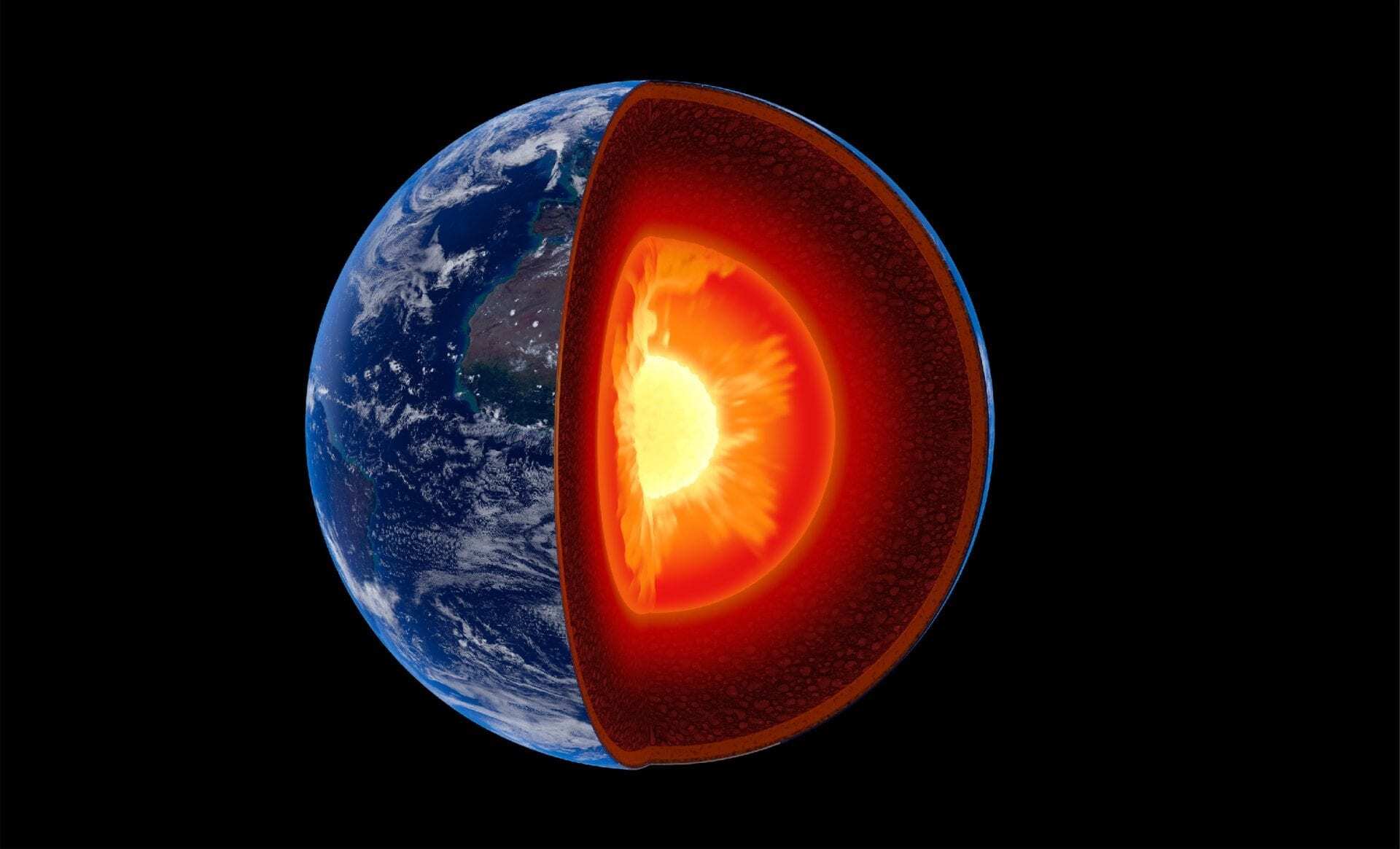Scientists have discovered a new tool to predict the location of base metal deposits buried too deep beneath the Earth’s surface to be found using current exploration methods.
This augurs well for targeted mining of metals, such as copper, lead, zinc, which are used in renewable energies.
The study found that 85 percent of all known base metal deposits and 100 percent of all “giant” deposits (exceeding ten million tons of metal) hosted in sedimentary basins are located on the edges of cratons — older regions of the continents which are generally on thicker lithosphere, the rigid outermost cladding of the planet comprising the crust and upper mantle.
“These deposits generally have larger quantities of metal bound up in high-grade ores than their magmatic counterparts. Once you find the right spot, you only have to dig one hole, and buried deposits are more likely to be extracted via shafts in comparison to most current base metal mines, which are often destructive open-pit operations,” says Mark Hoggard, lead author of the study and postdoctoral researcher at Harvard and Columbia Universities.
“The currently known deposits of base metals and the existing technology used to find more ores will not be able to keep pace with the escalating demand. We need to both get better at finding new deposits and improve recycling efficiency in order to meet future demand,” Hoggard adds.
A recent World Bank report projects that over three billion tonnes of minerals and metals will be needed for wind, solar, and geothermal power generation and storage, to keeping global warming below 2 degrees Celsius.
Copper is used in electronics and wiring, lead in photovoltaic cells and batteries, zinc in agricultural fertilisers and fungicides, nickel in rechargeable batteries used in hybrid vehicles, and copper-nickel alloy tubing goes into desalination plants.
“It is essential to maintain supplies of these metals to aid the transition to low-carbon energy sources and grow sufficient food to feed our growing population. This feeds straight into several of the Sustainable Development Goals,” Hoggard tells SciDev.Net.
The study stems from a 2016 mapping project in Australia, where researchers from Geoscience Australia, the Australian National University and Harvard University found that the richest Australian mines lay along the line where the lithosphere grades out to 170 kilometres as it approaches the coast. They then expanded their investigation to 2,100 sediment-hosted mines across the world and found an identical pattern.
“This research is very useful to help the exploration process, but it does not examine how mines are operated and this is a major issue with respect to sustainable mining and metal supplies”, Gavin Mudd, associate professor in the Department of Environmental Engineering at RMIT University tells SciDev.Net.
The study could help open exploration in poorly explored regions of central and south Asia, western Africa, Australia and northern America.
Dave Sweeney, resources specialist at the Australian Conservation Foundation, tells SciDev.Net: “Renewable energy is being rapidly deployed throughout the Asia-Pacific region and its deployment is likely to be furthered by an improved understanding of the mineral deposits required for this positive transition. The challenge will be to ensure any new extraction has the lowest adverse impact on affected communities and the local environment.”
Image Credit : Johan Swanepoel – Shutterstock





